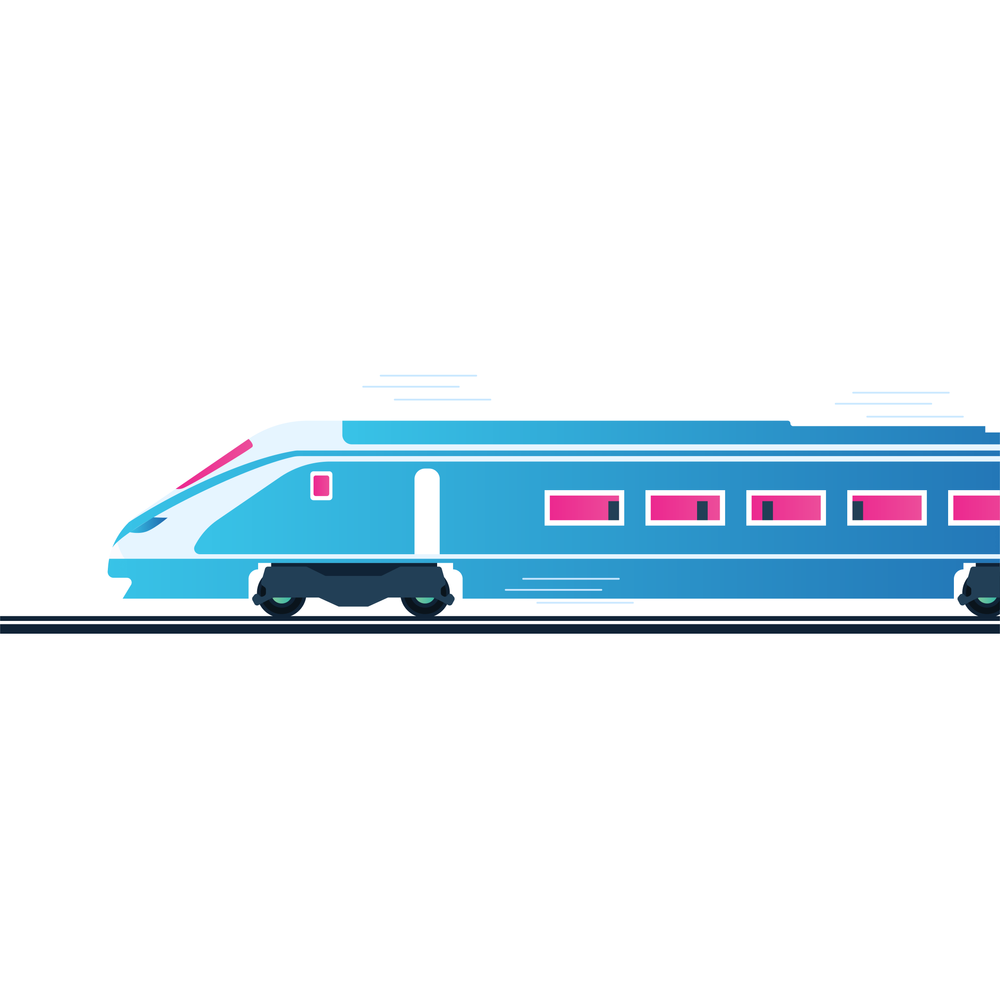What is a SAFe agile release train? Here's what you need to know

Agile frameworks typically deal with bite-size chunks of work performed by small teams to gradually build a product piece by piece. As the business grows, so will your workload. At a certain point, regular Agile practices can fall short.
The Scaled Agile Framework® (SAFe®) offers a way for teams to stay agile while working with bigger teams and heavier workloads. The framework includes structured guidance on roles and responsibilities, planning and managing the work, and values to uphold.
One of the key features of SAFe® is the Agile Release Train (ART). ARTs bring Agile teams together and align them to a singular goal to maximize value.
What is a SAFe agile release train?
Agile release trains are a SAFe practice that brings together multiple agile teams and relevant stakeholders. ARTs are typically made up of 50 - 125 individuals who form a united virtual organization responsible for planning, developing, committing, and deployment.
Forming an ART requires careful consideration. Because SAFe deals with larger projects and larger teams, you need to ensure that everyone involved in the ART can coordinate with other groups and perform their work to a high standard.
ARTs should be built up of a wide range of expertise. The individual Agile teams should complement each other and create a highly capable, cross-functional super-team. Think of it like the Avengers! Each Avenger has unique skills that come together to form the ultimate team. Each Agile team in an ART covers different aspects of product development to create the ultimate product.
Key Principles of a SAFe Agile Release Train
As with any other Agile methodology, SAFe ARTs follow a specific set of principles designed to facilitate collaboration, improve focus and consistently deliver high-value products.
Fixed schedules: program increment (PI)
Unlike standard Agile frameworks, which use rough timeframes, ARTs plan and deliver work on a fixed schedule. The schedule is dictated by the Product Increment (PI) cadence. Each PI tends to last around 8-12 weeks and follows strict workflows decided during the planning stage.
If the need for a new project or feature is established during a PI, it should be shelved until completing the current PI. This allows teams to focus on the task at hand and add value to whatever they’re currently working on.
ARTs operate in 2-week cycles called system increments
As ARTs deal with larger projects, the SAFe Agile Release Train framework looks to decrease the chance of burnout by breaking the project down into tiny, manageable chunks, much like sprints. We call these chunks system increments (SI).
ARTs should be delivering a new system increment every two weeks, and each team involved should be aligned to the same SI. The deliverable is added to the System Demo, which integrates each increment from across all teams. The System Demo is then used to evaluate the work and track how the project progresses.
The “train” has a set speed based on past work and how much work can be delivered in a PI
During the planning stages, ARTs use data from previous work to estimate how much work can they can deliver during a single PI.
Develop on cadence, release on demand
While ARTs work on fixed timeframes, the release date isn’t decided until the project is complete. This ensures the teams can focus on including as much value as possible in the project. It can also help the brand’s reputation as they aren’t rushing to hit a set release date or constantly announcing delays to the product launch.
Components and events
Agile Release Trains require careful planning and regular reviews to maintain a high level of quality. These events are a crucial part of the ART framework as they can quickly identify any issues and adjust strategy accordingly.
Innovation and Planning (IP)
At the end of every Program Increment, Agile Release Trains hold an Innovation and Planning Iteration, or IP. These sessions offer teams a chance to breathe between PIs while providing a dedicated time for PI planning, innovation, continued education, and infrastructure work.
Inspect and Adapt (I&A)
Inspect and Adapt (I&A) events also come at the end of a product increment. During the I&A event, teams will evaluate how the project is progressing. Teams and management use this time as a structured problem-solving workshop to identify improvement backlog items.

Roles
As with other Agile methodologies (and real trains), ART has specific roles required to keep things rolling down the tracks.
Scrum Master
Scrum Masters in ART work just like they do in any other Agile methodology. They are responsible for supporting and promoting the framework and helping the team achieve its objectives by mitigating risk and identifying ways to improve.
Product Owner
The product owner is responsible for maximizing value. They will look to prioritize the product backlog and streamline the execution of each system increment. They will also ensure that everyone involved in the ART stays aligned with the key concepts and product goals.
Team member
Team members are the heart of the SAFe Agile Release Train. They are cross-functional experts who provide value to the product by focusing on collaboration and incremental delivery.
Release Train Engineers (RTEs)
Release Train Engineers help facilitate smooth workflows. They look to reduce distractions or roadblocks that could get in the way of the development process.
Product Manager
The Product Manager oversees the entire project. They own the product vision and strategy. The PM will communicate with internal and external stakeholders to define and fulfill customer needs.
System Architects/Engineers
System Architects define and design the architecture of the system. They oversee development to ensure significant elements and interfaces work together to make a coherent, seamless system.
Business Owners
The Business Owners are key internal stakeholders responsible for delivering the predetermined business outcomes of the ART.
Top tips for a successful SAFe Agile Release Train
Handling larger projects and coordinating multiple teams to work as one can be daunting. But if you’re already an Agile expert, you just need to make a few simple tweaks to how you work.
Make sure teams and leadership have enough training
Jumping headfirst into an ART is fairly similar to jumping headfirst towards a real train. There will be a brief period of complete chaos followed by a sudden halt while everyone involved tries to figure out what just happened.
You need to make sure that everyone involved understands what they’re signing up for, the benefit of ART, and how to pull it off. Every team member (including leadership) should fully understand the framework before getting started.
Identify your value streams
The SAFe framework has two types of value streams: operational and development.
An operational value stream focuses on delivering value to the customer. A Development value stream focuses on developing the solution.
Say you have a customer who is looking to purchase a product online. The development value stream would be a business solution that looks to build an eCommerce website that allows that customer to directly purchase the product from your business. The operational value will be fulfilling that order and leaving the customer satisfied with the experience.
Identifying value streams in the early stages of the project is vital, as these values will dictate which individuals and teams will be brought onto the ART.
Refine your backlog
Before you start a PI planning event, the program backlog needs to be refined to help prioritize workflow.
The refinement process works in the same way as any other backlog refinement. Each item will be assessed to identify the value it will bring the product and how long the team will need to complete it.
Pick an Agile methodology that works for your ART
While the SAFe Agile Release Train is a framework of its own, it allows teams to use whichever methodology works best for them. As long as they can achieve continuous value delivery, the teams can use Scrum, Kanban, or any other framework they feel comfortable with.
Unite the entire ART with flexible technology
The key to a successful ART project is collaboration. Even if teams are working in slightly different ways, everything needs to connect at the ART level to ensure maximum value.
Incorporating your existing development tools into the ART processes can help teams adapt to the new framework while still being able to use familiar tools.
As complicated as the whole process may seem, keeping track of an ART project is surprisingly simple. A shared Kanban board can be all you need to track progress and keep each team aligned with the product goals.